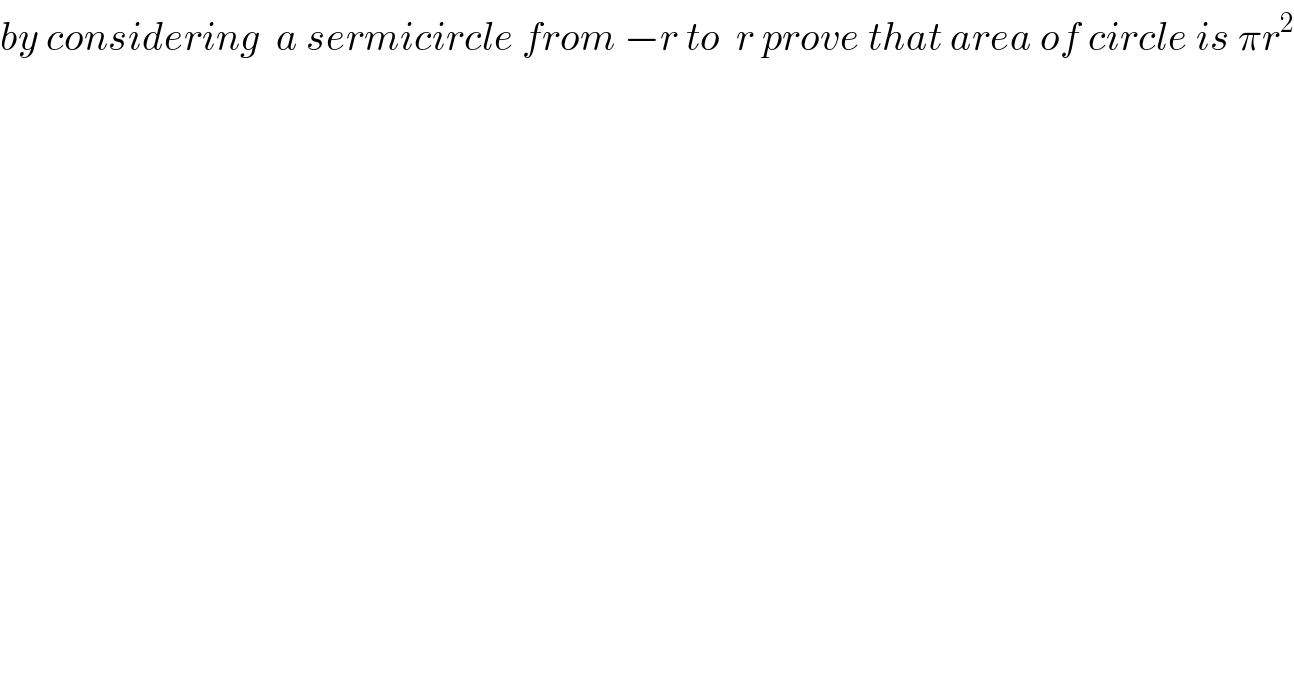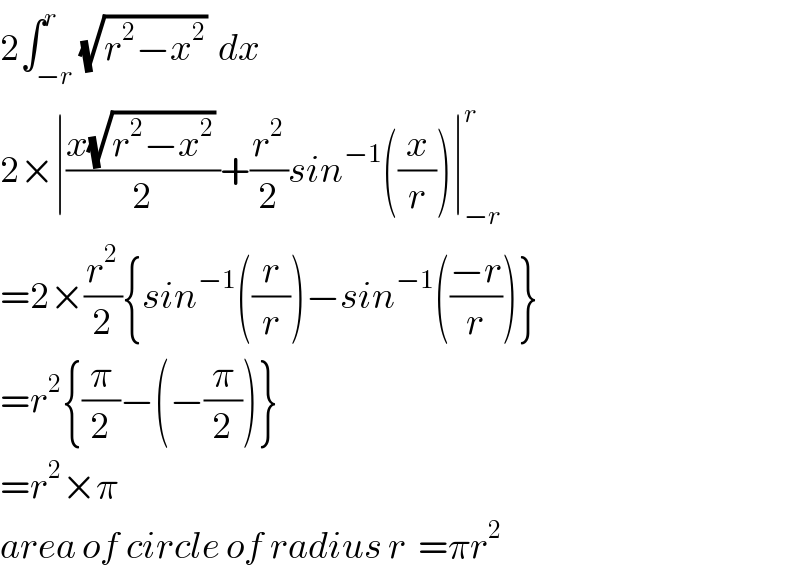
Question and Answers Forum
Question Number 44424 by peter frank last updated on 28/Sep/18

Answered by tanmay.chaudhury50@gmail.com last updated on 29/Sep/18

Commented by peter frank last updated on 29/Sep/18

Commented by tanmay.chaudhury50@gmail.com last updated on 29/Sep/18

Commented by peter frank last updated on 29/Sep/18

